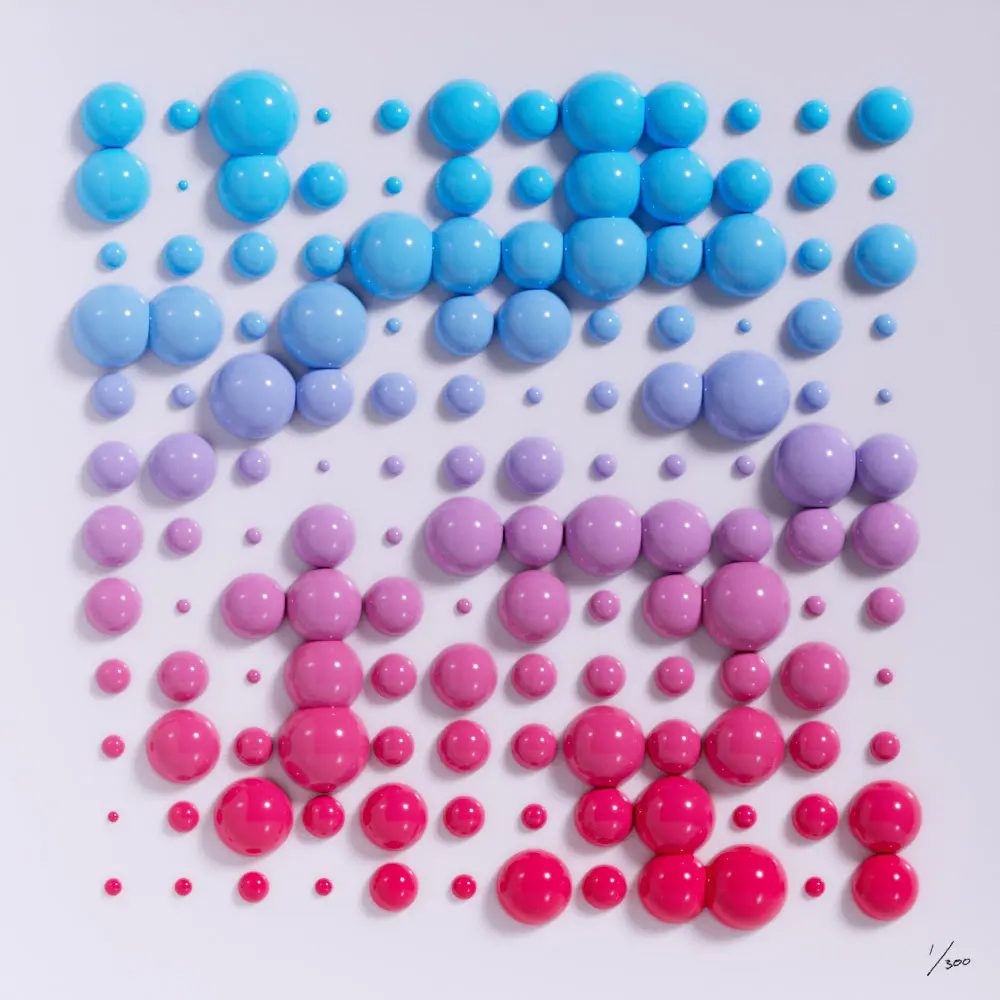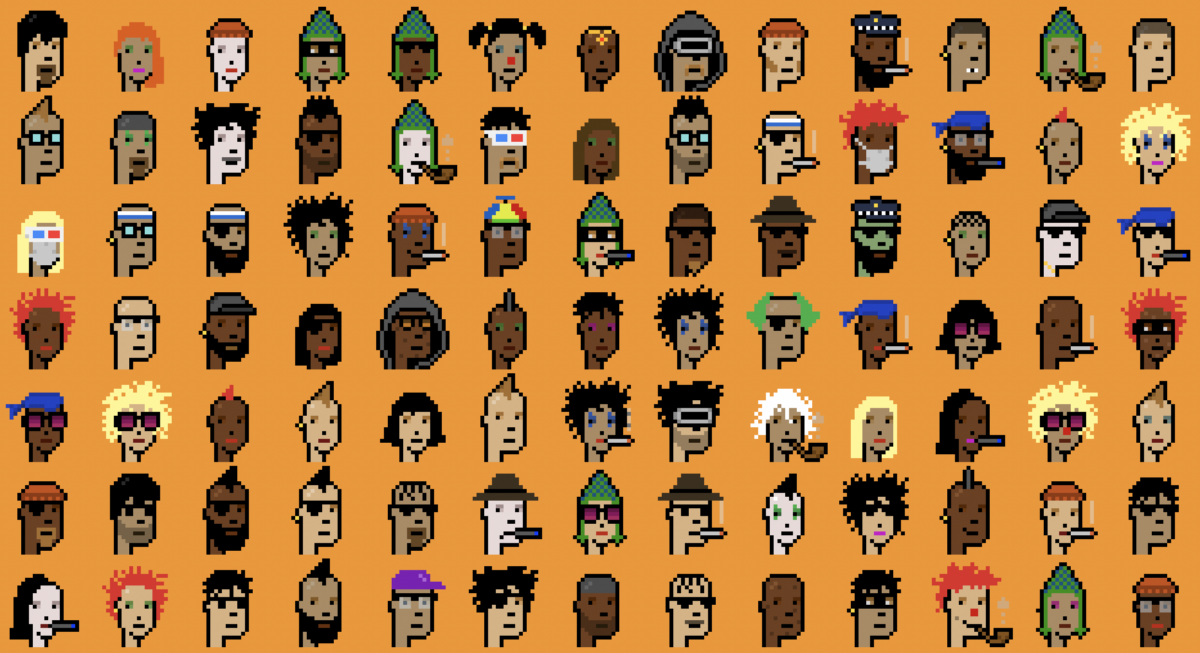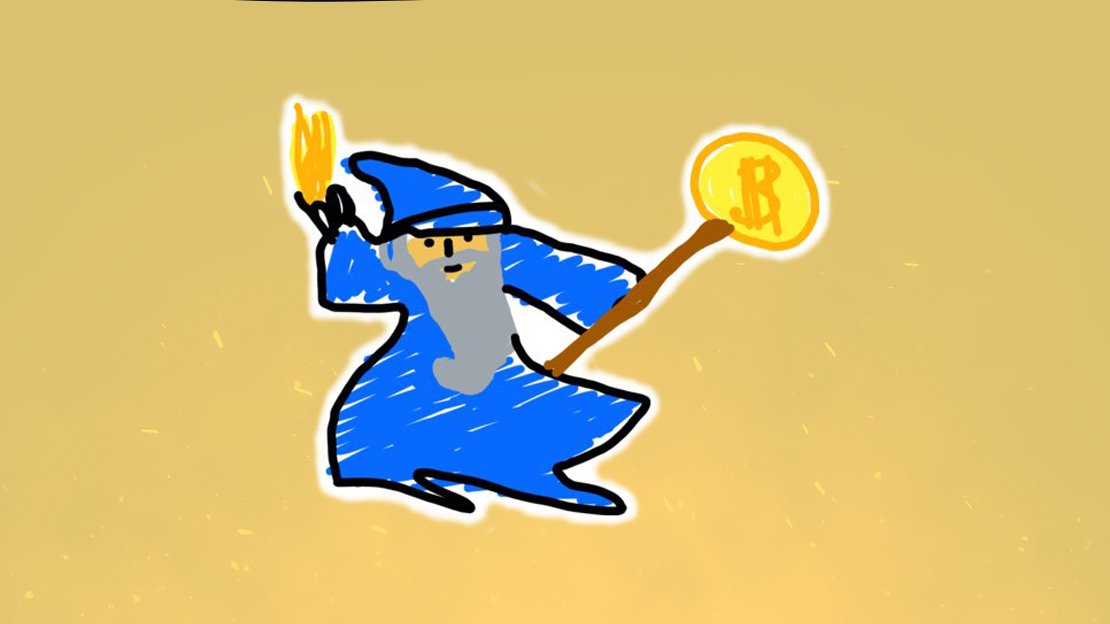Introduction
In November 2022, Casey Rodarmor, a computer programmer and artist, achieved a remarkable feat by successfully minting an NFT directly on the Bitcoin network—a project he had been diligently working on. The excitement surrounding this achievement only grew in the following months, as in January 2023, the opportunity to create these unique NFTs was generously extended to the wider Bitcoin community.
While NFTs had been traded within the Bitcoin community previously, this groundbreaking innovation marked the first time NFTs resided directly on the Bitcoin network. These unique NFTs soon became known as Bitcoin Ordinals.
Bitcoin Ordinals allow for the embedding of all kinds of data into individual satoshis (or sats for short), which are the smallest units of Bitcoin. Picture this: Each satoshi on the Bitcoin network can now carry its own distinct identity, whether it’s a piece of artwork, some text, or anything that suits your digital fancy.
It’s no surprise that this novelty caught the attention of many curious onlookers and, quite interestingly, contributed to some congestion on the Bitcoin blockchain, resulting in higher transaction fees.

Since their introduction in January 2023, over 1,000,000 Bitcoin ordinals have been minted as NFTs. This surge in popularity may be a testament to their staying power and definitely calls for further investigation.
This article explores the fascinating world of Bitcoin ordinals. You’ll get to understand how they work and examine the reasons why both the Bitcoin and NFT communities have mixed opinions about this peculiar innovation.
What are Bitcoin Ordinals?
Bitcoin ordinals are a form of NFTs (non-fungible tokens) created directly on the Bitcoin blockchain. Unlike other popular blockchain networks such as Ethereum, Solana, and Polygon, Bitcoin didn’t have a straightforward method for creating NFTs until the emergence of Bitcoin Ordinals.
Bitcoin Ordinals emerged as the first mainstream development of NFTs specifically tailored to the Bitcoin blockchain, allowing digital collectibles to reside directly on the network without relying on external platforms.
To understand Bitcoin ordinals, let’s first look at the concept of sats (short for satoshis). Sats are the smallest units of Bitcoin (100,000,000 sats equal 1 BTC). With Bitcoin ordinals, these individual sats can now be attached to various forms of digital content, including art, music, videos, or any other type of data you can imagine.
The introduction of Segregated Witness (SegWit) in 2017 and the subsequent Taproot upgrade in 2021 played a pivotal role in enabling the creation of Bitcoin NFTs. These upgrades expanded the block space available on the Bitcoin blockchain, allowing for the storage of up to 4MB of arbitrary data. This expanded capacity enabled the addition and inscription of digital content directly onto sats within the Bitcoin network.
The Ordinal Theory
Bitcoin ordinals derive their name and are based on the ordinal theory, which is a sequential numbering system used to establish the order of events.
In the context of Bitcoin, ordinals serve as a protocol for assigning serial numbers to satoshis (sats). This system allows us to identify and keep track of different events that occur before or after the creation of sats, providing a way to uniquely identify and organize transactions within the Bitcoin network.
For example, ordinals assign a number to the sats representing the creation of a new block, essentially giving it a unique identifier within the Bitcoin blockchain. With ordinals, it becomes possible to track the creation and transfer of satoshis in a structured manner.
How Do Bitcoin Ordinals Work?
Bitcoin ordinals, just like other NFTs (non-fungible tokens), work based on the concept of rarity. Let’s try to understand this by drawing a comparison to everyday currency.
Think of a $1 bill. Every $1 bill holds the same value as any other $1 bill, making them interchangeable (fungible). However, if that $1 bill were to be autographed by a famous person like Cristiano Ronaldo, its value might increase significantly due to its association with the celebrity.
In most cases, people would be willing to pay handsomely (say in the region of $100k) for a $1 bill with Ronaldo’s signature. While this scenario might seem unusual, it shares similarities with the underlying principles of Bitcoin ordinals and NFTs in general.
Bitcoin ordinals are unique tokens that are inscribed on individual satoshis (sats) and stored directly on the blockchain. The value of these NFTs is inherently tied to the sats they are associated with.
While the rarity of an NFT is determined by the community, the uniqueness of the satoshi on which a Bitcoin NFT is inscribed also influences its perceived value within the Bitcoin NFT community.
For instance, an NFT inscribed on the satoshi representing a significant event like a Bitcoin halving (which occurs approximately every four years and reduces the amount of new Bitcoin minted) would likely hold greater value compared to an NFT associated with a regular block on the Bitcoin network. This is similar to the scenario of the Ronaldo-signed dollar bill.
When you transfer NFTs on the Bitcoin blockchain, you are essentially transferring ownership of specific sats. If you already own Bitcoin NFTs, you probably want to hang on to them.
Bitcoin NFTs vs. Ethereum NFTs
The Ethereum blockchain holds the record for the largest trading volume for NFTs within the DeFi ecosystem. In April 2023, NFT trades on the Ethereum blockchain surpassed $500 million, capturing 70% of the total NFT market.

One of the key factors contributing to Ethereum’s popularity in the NFT space is its support for smart contracts. This feature allows for the creation of NFTs with unique properties and functionalities. In contrast, the Bitcoin network lacks the necessary capacity to support complex smart contracts, which has limited its role in the NFT space.
In the case of Ethereum NFTs, the metadata, which serves as a reference to the existence of an NFT, is stored on external platforms like IPFS (InterPlanetary File System), which are decentralized storage servers. These decentralized storage servers ensure that the NFTs remain accessible and verifiable, even though they are not physically stored on the Ethereum network itself.
In contrast, Bitcoin ordinals are linked to individual sats and benefit from the immutability of the Bitcoin blockchain, enhancing the security and decentralization of Bitcoin NFTs. It’s important to note that once an NFT is created on the Bitcoin network, the creator relinquishes control over it, further enhancing the decentralized nature of Bitcoin NFTs.
When it comes to valuing NFTs, rarity plays a significant role for both creators and collectors. On the Ethereum blockchain, NFT creators determine rarity by incorporating specific attributes into the NFT. The scarcer an NFT is in terms of these attributes, the higher its perceived value becomes in the market.
In contrast, Bitcoin NFTs derive their value from the uniqueness of the associated sats. Sats that are produced first in a block are considered rarer compared to regular sats. Additionally, sats representing significant events in the Bitcoin blockchain’s history, such as the halving that occurs approximately every four years, hold greater value than sats from a new block.
There has been an ongoing debate regarding the concept of royalties for NFTs. In the Bitcoin ordinal whitepaper, Casey Rodarmor presents the argument that NFTs requiring payment of royalties to their creators are not truly “permissionless.”
According to this perspective, for an NFT to be considered permissionless, it should not incur any additional costs beyond the initial purchase.
However, it’s important to acknowledge that the prevailing trend in the current NFT market, especially on the Ethereum network, contradicts this viewpoint. In reality, several prominent NFT marketplaces on Ethereum enforce royalties on NFT purchases made on their platforms.
These royalties ensure that creators can continue to benefit from their creations even after the initial sale, and they have become an integral part of the NFT ecosystem’s dynamics.
Figure: Bitcoin NFTs vs. Ethereum NFTs

Advantages of Bitcoin Ordinals
Improved Digital Representation
NFTs have already provided a unique way of representing digital and physical content on the blockchain, but Bitcoin ordinals take this to the next level. They allow for the inscription of not just digital arts but also security tokens, stablecoins, and virtually any digitally representable asset onto a sat.
What sets Bitcoin ordinals apart is that the data inscribed onto a sat is stored directly on the Bitcoin blockchain, ensuring its immutability and resistance to tampering.
Increased Incentives for Miners
Bitcoin miners play a vital role in verifying transactions on the network and earn rewards from transaction fees and newly minted BTC. The introduction of Bitcoin ordinals has the potential to attract more users to the network, leading to increased transaction fees and higher rewards for miners. This helps incentivize mining and contributes to the security of the network.
Decentralization and Security
Due to the current minimal incentives for miners on the Bitcoin network, mining has become somewhat centralized, with large mining operations dominating the field. However, the introduction of better incentives through Bitcoin ordinals can attract new miners, promoting a more decentralized network. This, in turn, enhances the overall security of the Bitcoin network.
The Challenges of Adopting Bitcoin Ordinals
Network Congestion
The growing interest in Bitcoin ordinals has led to increased use of the Bitcoin blockchain. Bitcoin ordinals require more block space than regular transactions due to the additional data they carry, and this can potentially lead to network congestion.
As more developers and NFT collectors mint new ordinals, they compete with other users on the Bitcoin network, resulting in an increased number of pending transactions that surpasses the network’s processing capacity and causes congestion.
Limits Real-life Use
Miners tend to prioritize verifying transactions from users offering higher gas fees, which can lead to longer wait times for those who do not want to pay such fees. While NFT collectors are often willing to pay additional fees for expedited service, everyday users making BTC payments, such as for coffee, may experience longer wait times. This situation makes the Bitcoin network less suitable for widespread everyday applications due to the presence of less user-friendly gas fees.
How To Buy Bitcoin NFTs
Popular NFT marketplaces such as Magic Eden have started to roll out support for Bitcoin NFTs. However, to store Bitcoin NFTs, you will need a compatible wallet such as Xverse or Hiro.
Using an NFT marketplace like Magic Eden simplifies the process of purchasing Bitcoin NFTs without requiring technical expertise. However, keep in mind that there may be platform fees associated with using these marketplaces.
It’s important to note that trading Bitcoin NFTs on marketplaces is still not widely popular, so the selection of Bitcoin NFTs on platforms like Magic Eden may be limited. Each Bitcoin NFT collection usually has a specified method for buying, often facilitated through Discord servers by trusted admins.
Popular Bitcoin NFTs (Ordinals)
Several projects have leveraged Bitcoin ordinals to create popular NFT collections. Here are a few examples:
TwelveFolds
TwelveFold is one of the early Bitcoin NFTs that capitalized on the popularity of ordinals. It’s a collection of 300 unique generative art pieces created by Yuga Labs.
Yuga Labs is well-known for its successful launch of the Bored Ape Yacht Club (BAYC) NFTs on the Ethereum blockchain.

Yuga Labs conducted an auction for TwelveFolds, receiving over 3000 bids and raising an impressive $16.5 million. Out of the 300 art pieces, 288 were sold during the auction, while the remaining 12 were retained by the team for charitable purposes or as rewards.
Although Yuga Labs’ bidding process received some criticism, it was still considered a success. The minimum bid from buyers for the TwelveFold NFTs was set at $50,000 (equivalent to over 2BTC at the time of the auction), underscoring the high demand and value associated with these Bitcoin NFTs.
Ordinal Punks

Ordinal Punks draws inspiration from CryptoPunks, a popular NFT collection on the Ethereum network. Speculators have high expectations for the success of Ordinal Punks. It consists of a limited set of 100 Bitcoin NFTs, specifically from the first 650 inscriptions on the Bitcoin network. You need access to the Ordinal Punks official Discord server to bid for any of the collections.
It is important to note that Ordinal Punks is not directly affiliated with the team behind CryptoPunks.
Taproot Wizards Ordinals

Another noteworthy collection in the Bitcoin NFT space is the Taproot Wizards Ordinals. What sets this collection apart is the significance of its first ordinal. It represents the block that contains the largest ever recorded on the Bitcoin network. This inherent rarity has captured the attention of the vibrant NFT community active on the Bitcoin network.
Future Outlook of Bitcoin Ordinals
The introduction of Bitcoin ordinals on the network has sparked mixed reactions from the Bitcoin community, as it is still in its early stages. While some view Bitcoin ordinals as a means to attract more users to the Bitcoin ecosystem, Bitcoin maximalists remain indifferent, preferring to limit Bitcoin’s use to being a store of value and digital payment asset.
Casey Rodarmor’s criticism of royalties on “digital artifacts” may not find widespread support within the Ethereum community, which currently holds the largest market share for NFTs.
Additionally, congestion issues on the Bitcoin network have emerged since the introduction of Bitcoin ordinals, leading to slower transaction processing compared to the Ethereum network. These challenges may pose obstacles to the widespread adoption of Bitcoin NFTs.
That being said, it’s still too early to make definite predictions about the future of Bitcoin ordinals. They have the potential to represent more than just digital art, and there is plenty of room for further innovation to expand their applications into diverse and robust use cases.
Ultimately, the fate of Bitcoin ordinals will be largely shaped by the Bitcoin community itself, determining whether they become a lasting trend or fade away without achieving widespread adoption.
Disclaimer: This article is intended solely for informational purposes and should not be considered trading or investment advice. Nothing herein should be construed as financial, legal, or tax advice. Trading or investing in cryptocurrencies carries a considerable risk of financial loss. Always conduct due diligence.
If you would like to read more articles like this, visit DeFi Planet and follow us on Twitter, LinkedIn, Facebook, Instagram, and CoinMarketCap Community.
“Take control of your crypto portfolio with MARKETS PRO, DeFi Planet’s suite of analytics tools.”




















